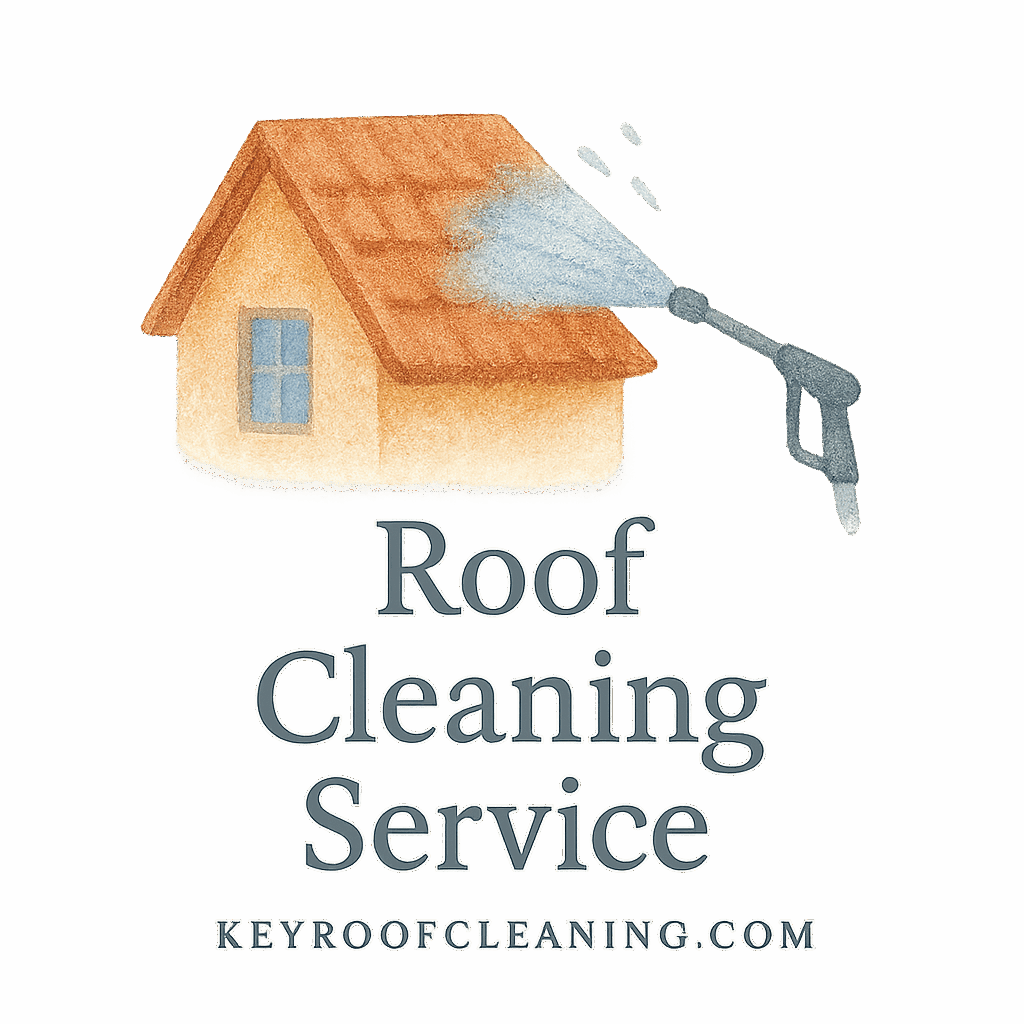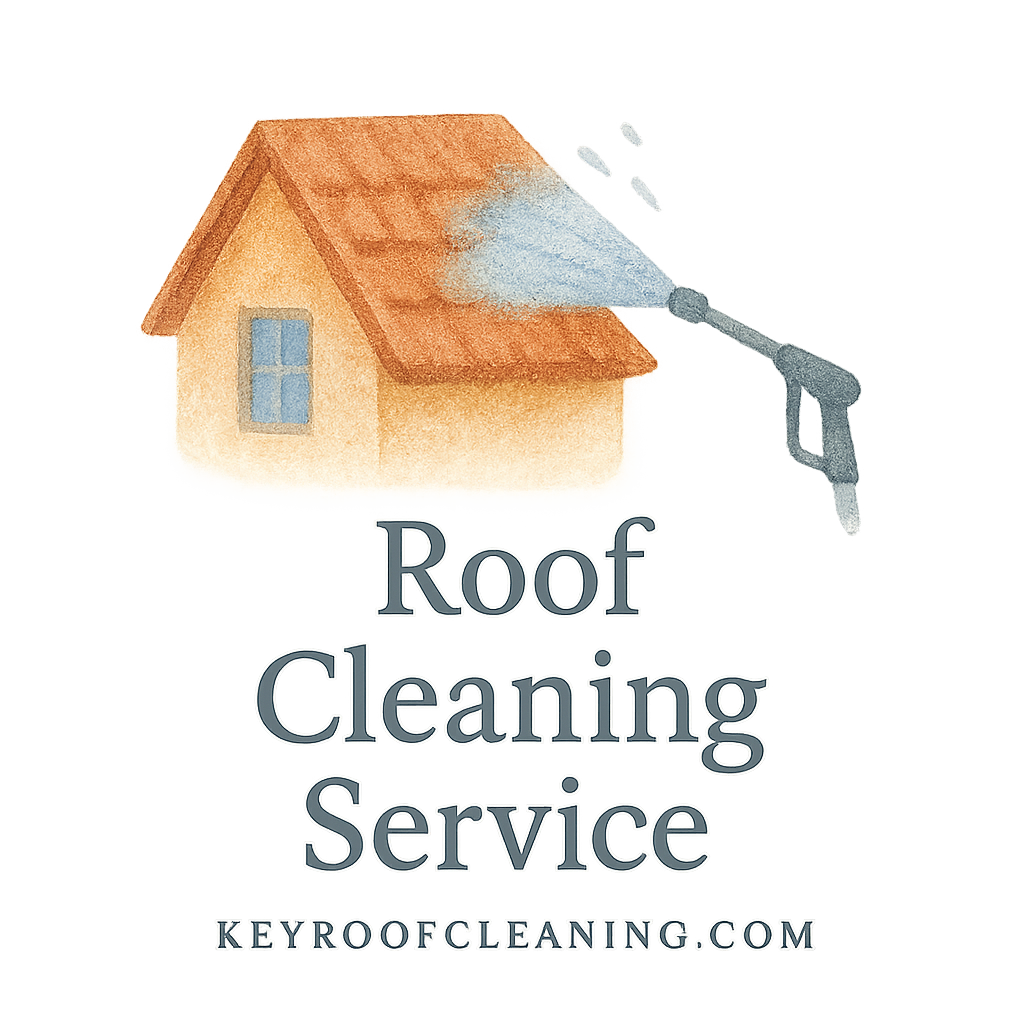Keeping your roof clean is more than just about curb appeal — it’s essential to making your roof last. Neglecting roof maintenance could lead to expensive repairs or premature replacement. Let’s dive into 10 tried-and-tested roof cleaning techniques that can add years to your roof’s lifespan.
Why Roof Cleaning Matters
The Hidden Cost of a Dirty Roof
You might think your roof is just a bit dirty. But over time, moss, algae, debris, and pollution can degrade your roof materials, causing cracks, leaks, and rot. If you wait too long, you’ll be looking at a total roof replacement instead of a simple clean.
For more on how basic maintenance impacts your home, check out roof cleaning basics.
Roof Cleaning vs. Roof Replacement
Would you rather spend a few hundred bucks on cleaning — or several thousand on a new roof? Regular cleaning can easily extend your roof’s life by 5 to 15 years. That’s a massive ROI.
Technique #1: Soft Washing
Soft washing uses a low-pressure spray with specialized cleaners to remove algae, mold, mildew, and dirt. It’s safe and super effective.
Why Soft Washing Is Ideal for Delicate Roofs
If you have a tile, shingle, or slate roof, soft washing is your best friend. It gets deep into surfaces without causing damage — especially for delicate roofs.
Want to know more about what products work best? See our guide to tools and products for roof cleaning.
Technique #2: Pressure Washing (Use with Caution)
This method uses high-pressure water to blast away dirt and moss. It’s fast and thorough, but not always safe.
When Pressure Washing Makes Sense
Metal and concrete roofs can usually handle pressure washing. Just make sure to avoid it on old or brittle roofing materials. Improper pressure washing can void your warranty — or worse, cause damage.
Discover safer alternatives in our section on roof cleaning techniques.
Technique #3: Eco-Friendly Biodegradable Solutions
If you care about the environment (and you should), there are green solutions that are safe for your roof, pets, and plants.
Benefits for Your Roof and the Environment
These biodegradable and eco-friendly cleaners break down naturally and don’t harm ecosystems — making them perfect for sustainable homeowners. Green cleaning supports long-term environmental safety.
For more on sustainable methods, browse the green living and sustainability tags.

Technique #4: Manual Scrubbing for Stubborn Stains
Sometimes, elbow grease is the answer. Manual scrubbing can lift tough stains from mold or tree sap.
Safe Scrubbing Techniques to Prevent Damage
Always use a non-abrasive brush and clean in the direction of the shingles. Avoid wire brushes or bleach, which can weaken your roof. For extra safety, combine with an accident prevention checklist.
Technique #5: Zinc and Copper Strips
Ever wonder why some roofs don’t get mossy? They’ve got metal strips near the ridge.
Long-Term Moss and Algae Prevention
Zinc and copper naturally prevent moss and algae growth. Rainwater spreads small amounts of metal across the roof, keeping it clean passively. It’s a smart, low-maintenance solution.
Check out our page on maintenance and safety tips for more strategies like this.
Technique #6: Chemical Moss and Algae Removers
Sometimes, moss and algae need a little chemical persuasion to leave.
Choosing the Right Roof Cleaning Products
Not all chemicals are created equal. Stick to roof-specific, OSHA-compliant, and environmentally safe solutions. Avoid bleach-heavy formulas that can damage roofing membranes.
Explore different solutions and cleaning methods in our expert-backed guides.
Technique #7: Gutter and Drainage Cleaning
A dirty gutter = a dirty roof. Water backup causes serious roof rot and leaks.
Preventing Water Backup and Roof Rot
Keep gutters clear of leaves, moss, and dirt. Use a hose to test drainage. Bad runoff management can destroy your roof from the edges inward.
Check off every detail with our roof maintenance checklist.
Technique #8: Steam Cleaning for Tough Grime
Yes, steam can clean a roof — and it’s awesome for tough gunk like pollution stains.
How It Works and When to Use It
Superheated water kills mold spores and melts sticky residues without harsh chemicals. It’s best for commercial buildings or homes in urban areas with lots of smog.
For pros who offer this method, visit our directory of professional roof cleaning services.
Technique #9: Routine Roof Inspections and Light Cleaning
The best technique is prevention. Regular checks help catch problems before they become disasters.
Maintenance Is Key to Longevity
Inspect your roof every 6 months or after a major storm. Light sweeping or rinsing can go a long way. Look for moss, loose shingles, and discoloration.
Get guidance on routine roof types and materials so you know what to expect based on your setup.
Technique #10: Hiring Professional Roof Cleaning Services
Let’s be real — sometimes it’s just better to call in the experts.
What to Look for in a Roof Cleaning Pro
Make sure they have experience with your roof type, offer eco-safe options, and follow ladder safety and OSHA standards.
Safety and Insurance Considerations
Always ask for proof of insurance. Accidents happen, and you don’t want to be liable.
Licensing and Eco-Certification
Choose certified pros who use green methods and follow hiring tips for best results.
Find trusted experts at Key Roof Cleaning.
Final Thoughts: Cleaning Techniques That Pay Off
Roof cleaning is more than a chore — it’s an investment. Whether you DIY or hire a pro, these 10 techniques can save you thousands and extend your roof’s life by over a decade.
Don’t wait until your roof looks bad — by then, it might be too late. Make cleaning a part of your seasonal routine and enjoy a longer-lasting, better-looking roof.
FAQs About Roof Cleaning Techniques
1. How often should I clean my roof?
At least once a year, or more often if you live in a humid or tree-heavy area.
2. Is soft washing better than pressure washing?
For most roofs, yes — especially asphalt shingles and tiles.
3. Are eco-friendly cleaning products really effective?
Absolutely! Many green cleaners work just as well as chemical ones and are safer for your home and family.
4. Can I clean my roof myself?
You can, but be careful. Use proper safety gear and avoid steep or high roofs unless you’re experienced.
5. How do zinc strips prevent algae?
Rainwater activates the zinc, releasing particles that kill moss and algae on contact.
6. What’s the best time of year for roof cleaning?
Spring and fall are ideal — not too hot, not too wet, and a good time to spot damage after winter or summer.
7. Where can I find pro roof cleaners near me?
Visit Key Roof Cleaning to connect with certified experts.


